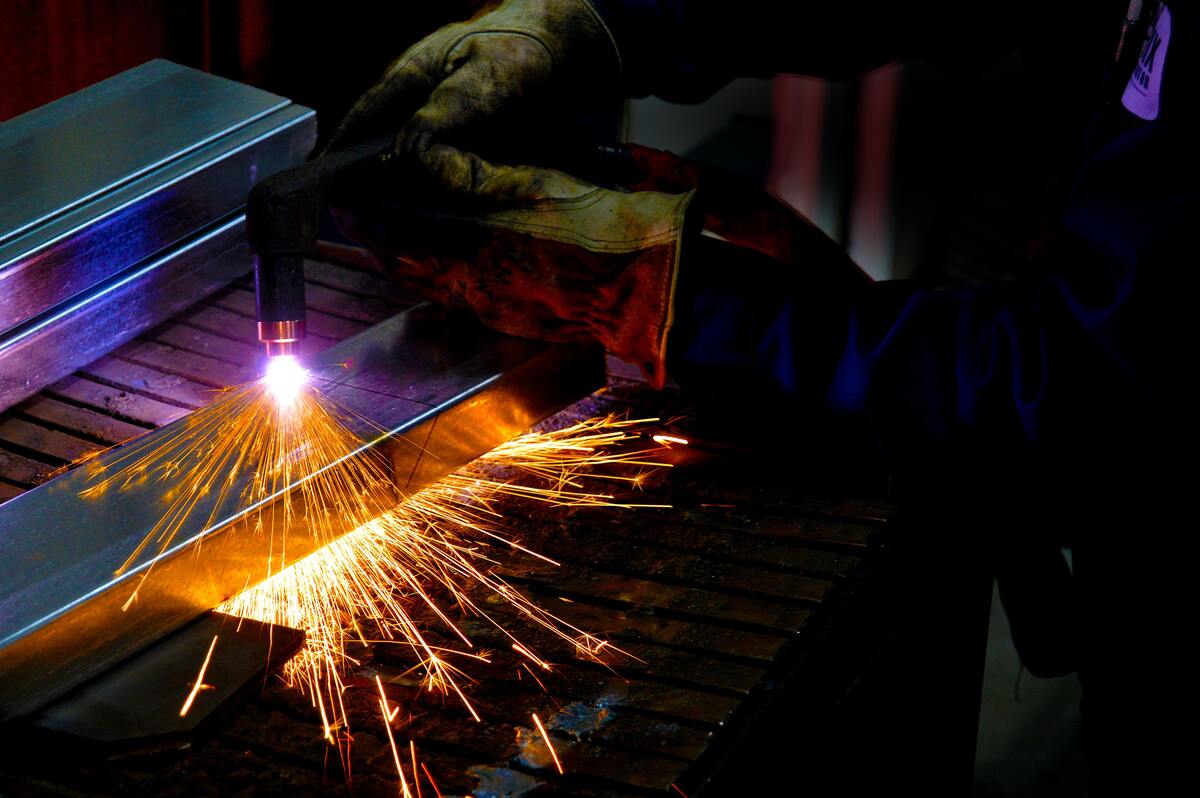Active hands make things happen. Surely, catching up on a hobby should be a great way to spend your time during the pandemic. At the top of this list is welding. To note, there is a lot of things you can weld that are useful at home, from storage racks to BBQ smokers to an outdoor fireplace.
Not only are you spending your time on something productive but also you’re improving your home. The problem is you could be injured in the process — if you’re not careful.
Welding is instrumental in keeping things together. By fusing two metals in high heat, you create something useful. Though welding at home may not be as extensive as welding in the workplace, the dangers are real. Classified as “hot work”, welding produces out-of-the-ordinary heat, according to National Fire Protection. For starters, you expose yourself to burn hazards. Add radiation, electricity, and all those toxic gases and fumes and you know welding is not a child’s play.
Luckily, safety when welding isn’t actually a farfetched reality. This is where timely advice from the experts on the field should bid you well. As you know very well by now, if you plan to make the most of fire or heat, due diligence is not an option. It’s a must.
Your Set-up Is Key
Well, you really can’t beat the convenience when you’re welding from home. You can focus on the job when you need to but also you can take your rest anytime if you feel like it. But whether you’re working from your garage or a workshop, it’s paramount you set your working space up to keep you out of harm’s way.
- Make sure your welding equipment is located on a flat surface away from flammable materials (e.g., paper, rags, gasoline, oil). This also means away from water as it conducts electricity.
- Double-check your equipment installation for grounding. Paint and other foreign materials could impede your work clamp sabotaging the metal-on-metal connection.
- Clear hoses and cables underfoot as they could make you trip and fall. To make sure your hoses are not leaky, use a quick soap-with-water spay. Bubbles should tell you where those leaks are.
- Gas cylinders should be chained securely upright. Make sure you fasten the protector cap to the cylinder’s top.
- Your floor area should be in order. Avoid clutter and keep tools easy to find. Never underestimate pliers. Always have two in hand for easy pick-up of hot metals.
Then there’s the danger of fumes and other toxic particles in the ether. It’s paramount therefore that you keep your working area well-ventilated so fresh air can come in and dilute whatever impurities you have in the air.

Arm Yourself to the Teeth
With summer officially in, you might find wearing the right gear a tall order. Know, however, that the right PPE matters a lot. Arc welding can harm you. It can produce dangerous sparks and emit rather intense rays that would pose a great risk to your vision.
Take note that improper clothing could put you in harm’s way. For instance, short sleeves and shorts can leave you open to burns. It’s why a flame-resistant PPE is a must. This way you can focus on your welding work even when you’re dealing with super-hot temperatures (1300°F to 6000°F). The extremely durable flame-resistant material of a fire-safe PPE will ensure you won’t get burnt even when your welds go out of hand.
Moreover, you should avoid those pant cuffs as they can catch sparks to cause you harm. By the same token, you should button your pockets and cuffs.
In addition, you need to protect your hand. Without proper gloves, you expose yourself to untimely burns. The keyword here is flame-resistant (FR). That’s why mechanic-style gloves won’t cut it.
Protect Your Eyes
It rsquo;s easy to be complacent when you’re working at home. But bear in mind if you don’t factor in precaution, you raise your risks. According to the National Institute of Safety and Health (NIOSH), there are about 2,000 eye injuries that happen daily in America. The surprising part? Most of these injuries are from welding.
Imagine what will happen to you if an eye injury incident materializes? You will be unable to continue your work. Worse, you can be blind. If the thermal burn is excessive, it can cause permanent blindness.
Even a short exposure to arc radiation can be harmful. Wearing eye and face protection is, therefore, a must. As you will realize, you’re safer when you think ahead and gear up before heating things up. Come to think of it, you should be able to finish a work of art that way.